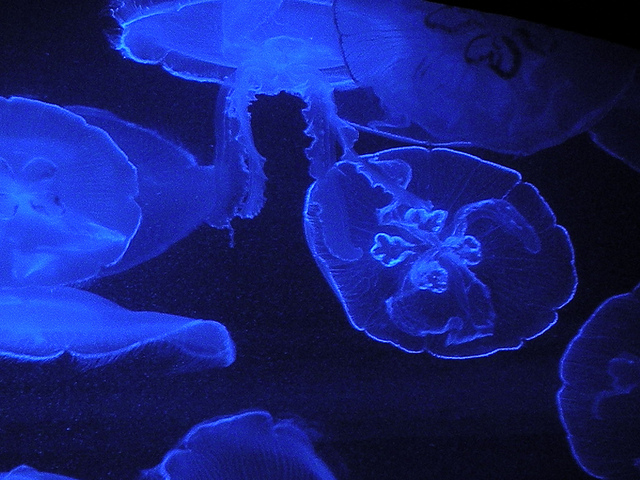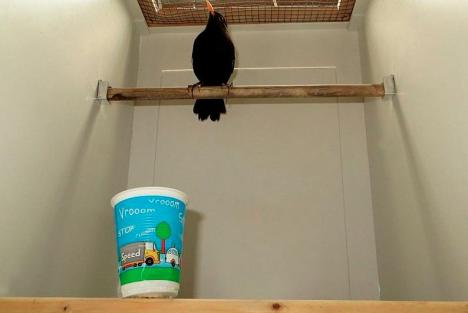Recent studies have revealed relationship between the common bark beetle and the changing water quality and flow in the Rocky Mountain area of Colorado. As healthy pine trees begin to dry and falter at alarming rates, many look to the local infestation of these powerful beetles as the cause of acres of drying plant life. Affects that have become so damaging that natural groundwater flow is now being diverted, as the areas no longer need water to feed the lush and green pines that were once much more common.
So how does the removal of a few trees alter the flow of the surrounding groundwater streams, which have seen little change in recent years? Through the process of transpiration, healthy trees are actually able to take up water from the soil where they grow to transport throughout their plant structure. The excess gathering of water in the soil during this process eventually contributes to local water movement or streams, defining the direction and strength of the flow. Because of the number of trees drying out in the mountainous region, there is now an excess of water flowing through the ground, and feeding into local streams.
Scientists are now finding changes in the make of the quality of water. All of which has been a result of the bark beetles affect of local plant life. For such a small creature, the local population has caused quite the commotion.
Filed under: Behind the Scenes, Current Events, Education, learning resources, Parents and Kids, Science Facts | Tagged: Earth Science, Environment, environmental science, Learning, Math Blaster | 2 Comments »









